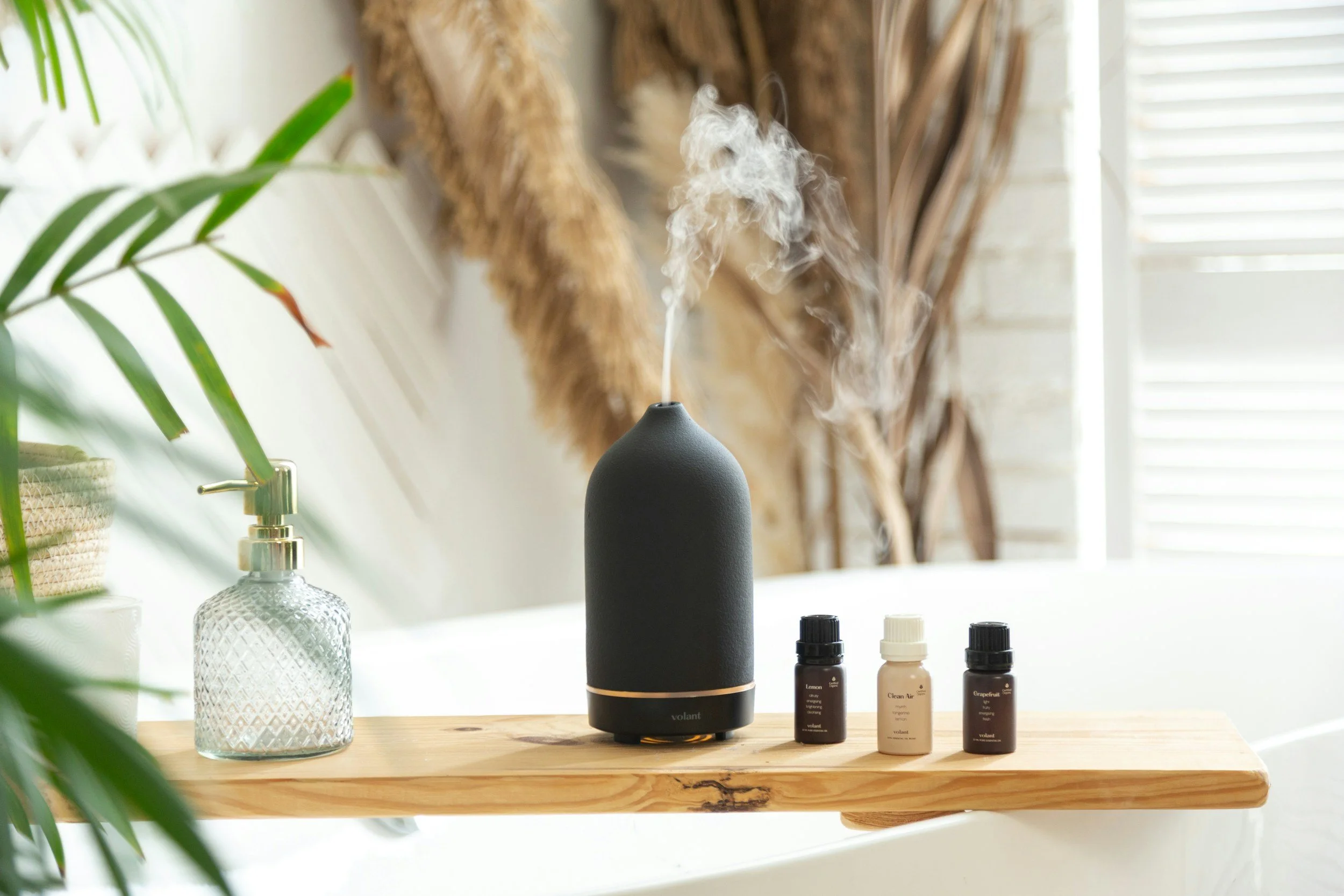The Hidden Anxiety Hacks You've Never Tried
If you struggle with anxiety, chances are you’ve already been told to try meditation, get more sleep, or practice deep breathing. While these are valuable tools, they don’t work for everyone—especially in the middle of a spiral. Sometimes, coping needs a different entry point, something unexpected that bypasses your overthinking brain and gently engages the nervous system in a new way.
Here are a few underrated anxiety hacks our therapists love sharing with clients (and use themselves!).
1. Listen to Music in a Language You Don’t Understand
Your anxious brain is always trying to make sense of everything—which can keep it stuck in a loop. Listening to a song in another language can offer a gentle break from over-analysis. Without lyrics to process, your brain gets a moment to rest while still being soothed by melody and rhythm. (Bonus: music from different cultures can spark joy and curiosity too.) Here’s a list to help get you started:
French
"La Vie en Rose" – Édith Piaf (gentle, romantic classic)
"Dernière danse" – Indila (emotional, cinematic feel)
"Je veux" – Zaz (playful and liberating)
Portuguese (Brazilian)
"Águas de Março" – Elis Regina & Tom Jobim (soothing bossa nova)
"Tudo Bom" – Static & Ben El ft. Anitta (fun, danceable)
"O Leãozinho" – Caetano Veloso (gentle, lullaby-like tone)
Korean
"Blueming" – IU (soft indie-pop, great for lifting mood)
"Through the Night" – IU (calm and comforting)
"Dynamite" – BTS (K-pop, high energy + joyful)
Spanish
"Rayando el Sol" – Maná (emotive rock ballad)
"Bailando" – Enrique Iglesias ft. Gente de Zona (fun & movement-inspiring)
"La Bicicleta" – Shakira & Carlos Vives (lighthearted, feel-good vibes)
Japanese
"Pretender" – Official HIGE DANDism (emotional pop)
"Sparkle" – RADWIMPS (from Your Name soundtrack) (dreamy and atmospheric)
"Hikaru Nara" – Goose house (upbeat and rich in harmonies)
💡 Tip: Choose songs where you don’t understand the lyrics fluently, this quiets your language-processing center and lets the melody do the calming. Pair with headphones and a short walk for even more nervous system support.
2. Engage Your Senses with an "Anchor Kit"
Build a small sensory kit you can keep in your car, desk, or bag. Think:
peppermint essential oil
a smooth stone
sour candy
a textured fidget
calming playlist.
Activating your senses helps pull your body out of anxious autopilot and back into the present moment. It's a portable way to ground yourself without needing to pause for a full mindfulness exercise.
3. Try the 3-3-3 Rule (with a twist)
The classic 3-3-3 rule asks you to name 3 things you see, 3 things you hear, and move 3 parts of your body. This sensory grounding technique can stop spirals in their tracks. But here’s the twist: give each item a description.
For example, instead of "I see a chair," try "I see a wooden chair with a woven cushion." Descriptive language engages your prefrontal cortex—the part of the brain responsible for reasoning—which helps calm the emotional centers.
4. Watch a Foreign Film with Subtitles
This works similarly to the music hack. Watching a film in another language while reading subtitles creates just enough cognitive load to occupy your anxious thoughts—without overwhelming you. The brain has to track visuals, emotion, and translation, leaving less room for rumination. Plus, the escape into another world or culture offers emotional distance from your own stressors.
5. Use Contrasting Temperature
Quick shifts in temperature can reset your system. Try holding an ice cube, running your wrists under cold water, or stepping outside into cool air. These sudden sensations activate your parasympathetic nervous system and send a clear signal to the body that it's safe to calm down.
6. Practice "Future Scripting"
Instead of only focusing on the worst-case scenario (a common anxiety habit), write or record a voice memo imagining the best-case outcome. What would it feel like if things went well? What would you be doing, seeing, or hearing? This helps retrain the anxious brain toward possibility and hope.
Anxiety doesn’t always respond to logic. But it does respond to consistent, creative care. If you’ve tried traditional methods and still feel stuck, it might be time to explore tools that meet your nervous system where it's at.
Important reminder: These tools aren’t one-size-fits-all solutions. You may need to try a few—more than once—to see what really helps. Sometimes a tool that works in one situation might fall flat in another. That doesn’t mean you’ve failed. Keep experimenting, stay curious, and don’t give up on finding what your nervous system needs.
Looking for more support? Our therapists specialize in helping sensitive, high-achieving adults find relief from anxiety using holistic, research-backed methods like EMDR, parts work, and somatic tools. Book a free consultation below.


